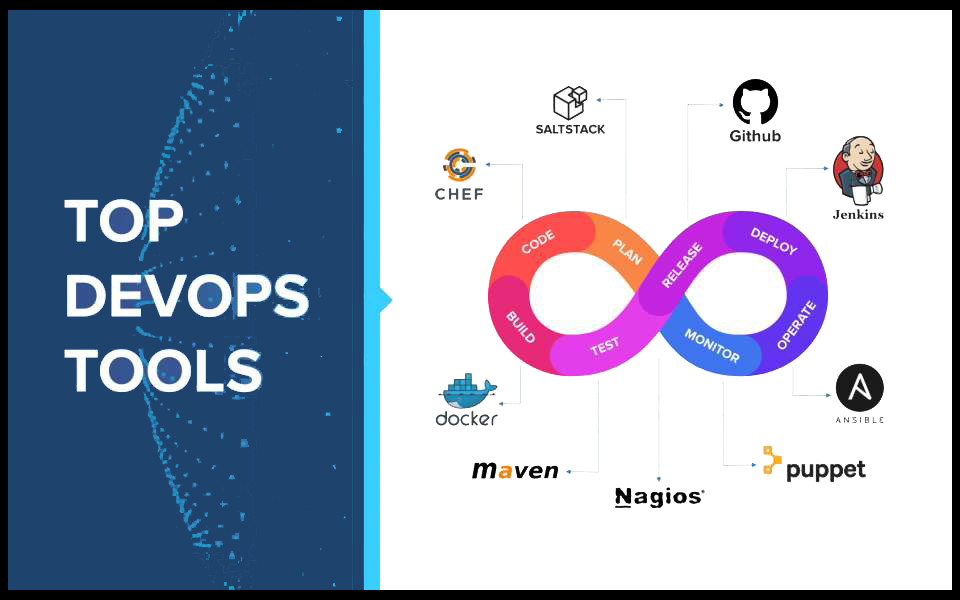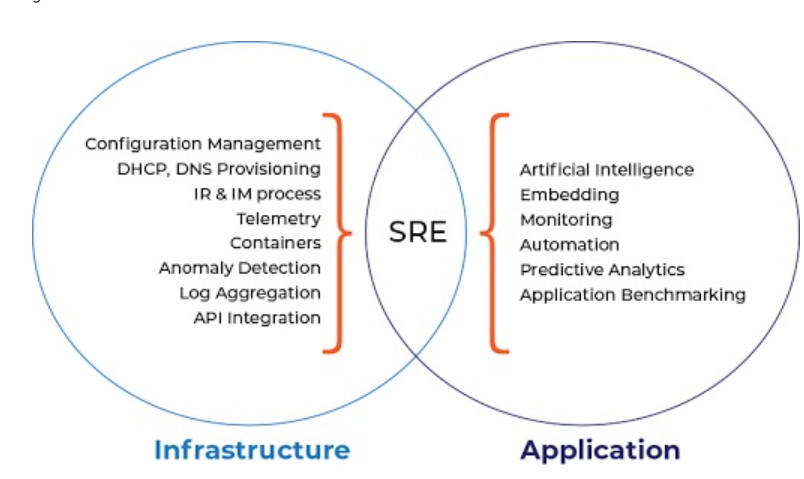In the domain of software development, the paramount objective is to ensure the reliability and efficiency of the source code. For this purpose, Jest, a dominant JavaScript testing framework developed by Facebook, provides a potent tool. Jest provides a user-friendly API along with robust features and comprehensive community support, making it a favored option among developers for testing JavaScript applications.
Developing efficient and sustainable test cases can present a considerable obstacle, even when utilizing a robust framework like Jest. This undertaking requires careful consideration of various factors, including code coverage, test suite architecture, test data management, and test optimization. To maximize the capabilities of Jest and construct thorough and efficient test suites, adhering to customized best practices for this framework is crucial.
This blog will delve into best practices for writing Jest test cases for JavaScript applications. Irrespective of whether you are an experienced programmer or a novice just beginning your testing journey, this piece of writing shall provide you with valuable insights and techniques to augment the efficacy of your test suites.
So, let’s dive in and discover the best practices that will empower you to write effective and efficient Jest test cases for your JavaScript applications.
Best Practices For Writing Jest Test Cases for JavaScript Applications
As a professional JavaScript developer, writing vigorous and efficient test cases is a paramount aspect of guaranteeing the resilience and dependability of your code. Jest, a widely adopted testing framework, has emerged as a prominent resource for numerous developers owing to its uncomplicated nature, rapidity, and user-friendly syntax.
To leverage the true capability of testing JavaScript applications, you can use a cloud-based platform like LambdaTest. It is a digital experience testing platform that integrates with Jest. When using LambdaTest, you can optimize the JavaScript testing as it offers automation testing with Selenium, Cypress, and real device testing as well. It is possible to execute Jest test cases on different browsers and devices.
In addition to this, the integration of LambdaTest with Jest allows for parallel testing as well, which helps in lowering testing time for JavaScript applications. You can interact with these applications, which in turn helps in identifying any issues or bugs. Thus, try LambdaTest now to ensure the quality of your JavaScript application.
Here are some of the best practices for writing Jest test cases for your JavaScript applications.
Structure Your Test Suite
When writing test cases utilizing Jest, it is imperative to adopt a logical and structured approach to your test suite. Group tests that are related, such as those about a specific module or component, to enhance readability and ease of maintenance.
Employ descriptive test names that explicitly communicate the intended functionality and anticipated behavior of each test case. Furthermore, organizing your test files in a directory structure that aligns with your application’s codebase can simplify navigation and facilitate the discovery of specific tests.
Use Meaningful Test Descriptions
Precise and comprehensive test descriptions are imperative for comprehending the objective and setting of every test case. Rather than using generic descriptions such as “test1” or “should work”, it is recommended to furnish specific particulars about the particular feature of the code being tested and the anticipated outcome. This approach facilitates the quick identification of the purpose of a test case and assists in debugging in the event of a failed test.
Handle Asynchronous Code Effectively
JavaScript applications frequently entail asynchronous operations, such as retrieving data from APIs or executing database queries. Jest offers robust mechanisms to manage asynchronous code, comprising async/await syntax, promises, and Jest’s integrated async utilities, such as async, await, and done. It is imperative to appropriately handle asynchronous operations in test cases to prevent erroneous results and maintain the stability and dependability of the test suite.
Leverage Mocking for Isolating Dependencies
Jest provides extensive mocking functionalities that enable the user to isolate and mimic the behavior of components or functions. This feature is particularly beneficial while dealing with external dependencies like APIs or databases where reliance during testing is undesirable.
By generating mock versions of these dependencies, the user can regulate their responses and test their code easily in isolation. Employing Jest’s mocking attributes, such as jest. mock() and jest.fn(), simplifies and enhances the efficiency of the testing process.
Utilize Code Coverage Analysis
Code coverage analysis is a valuable technique to evaluate the efficacy of your test procedures by measuring the extent to which your test cases satisfactorily cover various parts of your codebase. Jest offers in-built code coverage tools that generate detailed reports illustrating the percentage of code covered by your tests.
It is essential to strive for high code coverage, but it is equally important to concentrate on testing crucial and complicated areas of your codebase. Conducting code coverage analysis helps you identify areas that may require additional tests and enhances the overall quality of your test suite.
Integrate with Test Runners and CI Systems
Jest boasts seamless integration with widely used test runners and continuous integration (CI) systems. Users can effortlessly integrate Jest into their preferred test runner, including Jest CLI, to expedite the execution of their test suite.
By incorporating Jest with their CI system, users can automate their testing process, ensuring the consistent execution of tests every time code changes are made. This integration enables users to identify and address bugs early on and maintain a dependable and stable codebase.
Test Both Positive and Negative Scenarios
When developing Jest test cases, it is imperative to encompass both positive and negative scenarios to ensure comprehensive test coverage. Positive scenarios validate the intended behavior of the code when everything runs smoothly. However, negative scenarios are equally significant as they uncover potential bugs and handle edge cases.
By testing for unexpected inputs, error conditions, and boundary cases, you can guarantee that your code manages such situations correctly. It is recommended to create test cases that cover a varied range of scenarios to achieve comprehensive test coverage.
Mock External Dependencies when Necessary
JavaScript applications frequently require external dependencies, including APIs, databases, and third-party libraries. Testing code that interacts with such dependencies necessitates the use of mock objects. Mocking entails substituting the actual implementation of the dependency with a controlled, predictable version that is tailored to testing requirements.
This approach enables the behavior of the code to be isolated and minimizes problems resulting from external dependencies. Jest provides robust mocking capabilities, such as jest.mock(), to streamline the process of mocking external dependencies and guarantee dependable and efficient testing.
Regularly Update And Maintain Tests
As your codebase evolves and new features are added, it’s crucial to keep your test suite up to date. Regularly review and update your test cases to align with any changes in the code. This ensures that your tests accurately reflect the behavior of your application and catch any potential regressions.
Additionally, maintain your tests by fixing failing tests promptly, removing redundant or obsolete tests, and enhancing test coverage in areas that lack sufficient testing. Regularly maintaining your test suite guarantees its effectiveness and reliability over time.
Use Descriptive and Granular Test Assertions
When writing test assertions in Jest, aim for descriptive and granular assertions. Avoid using generic assertions like expect(result).toBeTruthy() or expect(result).toEqual(expected). Instead, be specific and assert individual properties, states, or behaviors of your code.
This makes it easier to pinpoint the cause of a failure and provides more informative feedback. Descriptive assertions improve the readability of your tests and aid in debugging when issues arise.
Use Test-Specific Data and Fixtures
The utilization of test-specific data and fixtures is vital in composing efficient Jest test cases. It is recommended to avoid directly hard coding test data into your test cases. Instead, it is preferable to use separate test data files or fixtures.
This approach enables the maintenance of test data independently and facilitates its reuse across numerous test cases. By decoupling test data from the test logic, the focus, readability, and maintainability of tests are ensured.
Run Tests In Isolation and In Parallel
Jest offers the capability to execute test cases independently, ensuring that each test is not reliant on the condition or consequences of other tests. This eradicates interference between tests and results in more precise and dependable outcomes.
Moreover, Jest’s parallel test execution feature can be utilized to expedite the test suite. By executing tests in parallel, the total test execution time can be notably reduced, thus improving the development workflow.
Conclusion
Developing Jest test cases for JavaScript applications necessitates adherence to technical protocols that promote readability, maintainability, and efficiency. By organizing the test suite effectively, using descriptive test descriptions, appropriately managing asynchronous code, utilizing mocking, and implementing code coverage analysis, you can create robust and dependable test suites. Integrating Jest with test runners and CI systems further streamlines your testing process and enhances the overall quality of your codebase.
By adhering to these established practices, you can effectively evaluate your JavaScript applications utilizing Jest and attain superior code proficiency. Comprehensive assessments facilitate the development of dependable software, heighten end-user satisfaction, and bolster developer reassurance. Thus, incorporating these recommended techniques, leverage the full potential of Jest for your JavaScript testing requisites.



